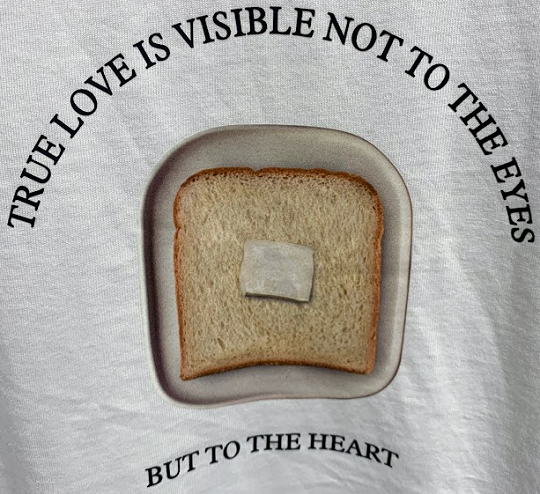Yesterday's post, "The Tinleys and the small key of David," featured the name T(h)inley in two different contexts. First, there's Thinley Norbu, author of The Small Golden Key to the Treasure of the Various Essential Necessities of General and Extraordinary Buddhist Dharma -- the key word for the purposes of this post being treasure. In the opening pages, Norbu mentions that the Buddha first taught Prajnaparamita "at Vulture's Peak" in northern India. The most common vulture in that part of the world would be the Himalayan griffon vulture.
Second, there are the two main characters of The Tinleys, an unfinished story I wrote as a child about two knights who are both named Tinley and who are ordered by the king to kill the griffin that lives "at the top of Donchatryan Peak, . . . the biggest, steepest, most dangerous mountain around." There is no mention of treasure in the story -- the griffin is targeted because it has been preying on cattle -- but guarding treasure is the classical role of griffins in mythology.
Today I put on some music to listen to while doing paperwork, letting the YouTube Music algorithm choose the songs. One of the songs it served up was "One Tin Soldier" (1969) by Coven, which I'd never heard before. Two tin soldiers would have been a better sync with The Tinleys, but it's still a bit of a sync. The lyrics begin thus:
Listen, children, to a story
That was written long ago
About a kingdom on a mountain
And the valley folk below
On the mountain was a treasure
Buried deep beneath a stone
And the valley people swore
They'd have it for their very own
The valley people kill the mountain people to get the buried treasure, which turns out to be an inscription reading "Peace on earth." The song ends with "On the bloody morning after / One tin soldier rides away." Since all the mountain people were killed, the tin soldier must be one of the valley people who assaulted the mountain -- like the Tinleys in the story.
Yesterday's other post, "A vulture named Odessa Grigorievna, and Joseph Smith in a spider mask," also featured both a griffon vulture and a buried treasure. In the second of the two dreams it recounts, Joseph Smith (or someone claiming to be Joseph Smith) is trying to sneak into the basement of his own house, where unbeknownst to anyone else, he has hidden " a massive treasure." The only treasure unearthed by the real Joseph Smith was the golden plates -- which, like the treasure in "One Tin Soldier," were buried under a stone on a hill and consisted of written material.
The vulture's name, Odessa Grigorievna ("daughter of Grigory"), suggests the Grigori, the name given to the rebellious Watcher angels in the Slavonic Book of Enoch. After the Watchers are overthrown, they are imprisoned underground. Near the end of the Tinleys fragment, we find similar imagery. On the island where Donchatryan Peak is located, the knights find that things people say on the island sometimes cause bizarre miraculous events to occur, and it is revealed to the reader that this is caused by spirits that are imprisoned inside the mountain -- not Watchers but "listeners":
Meanwhile the gods and spirits of the island sat inside their mountain prison, listening. Centuries ago, the evil Griffon King had trapped them there. They wanted to know what had happened to their island, so they listened to what the islanders said and tried to make sense of it. Through their supernatural powers, what they believed to be true became reality.
So the griffin, which appears at the beginning of the story to be nothing but a troublesome predatory animal, turns out to be an ancient godlike being powerful enough to imprison major deities. (Among those shut up in the mountain are the wind god, the sea god, and the god of reptiles.) I guess who is "evil" in this story is a matter of whose side you're on. Certainly in the Enoch literature it is the Grigori who are portrayed as evil, not the one who imprisons them.
In the Joseph Smith dream, the "Joseph Smith" who wants to sneak into the house to get the treasure appears to be an impostor. ("You don't look like him," says Martin Harris, who knew the Prophet personally.) Odessa Grigorievna -- who appears first as a griffon vulture and then as a Russian woman -- may also be an impostor. She is not a real "griffin" but has assumed that form as a disguise, as evidenced by the fact that she is apparently unable to fly even in vulture form. She first claims to have no name, since a vulture wouldn't have a name, but then lets slip that her name is "Odessa someone's-daughter." She keeps her patronymic, Grigorievna, secret because it is what reveals her true nature.
































